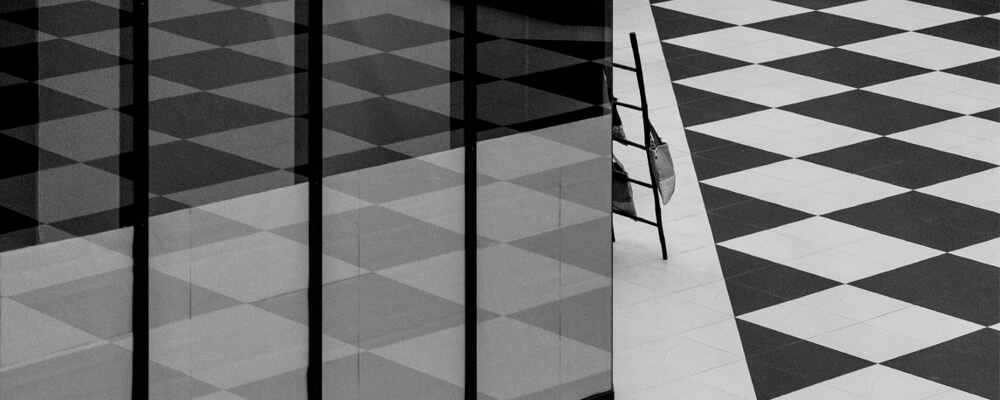
What is the difference between arithmetic and geometric sequence? Is this the question in your mind right now? You have landed at the right place.
Arithmetic sequences have a constant difference between each term. Example: 2, 4, 6,8,10 and 12…. It is clear that each term differs by +2. This is the common difference, or d.
A geometric sequence is defined by a constant ratio between each term (multiplier). Example: 2, 4,8,16 and 32. To find the next term in a sequence, we multiply the preceding term by 2. This is the common ratio r.
These sequences are very similar because they share the same first term. However, I hope you can see how they differ if they have a common distinction or a common ratio.
You can make a decreasing sequence of arithmetic by using a negative common distinction. A decreasing sequence of geometrics would also have a common ratio less than 1.
Difference between Arithmetic and Geometric Sequence
Let’s check below the difference between arithmetic and geometric sequence, but before this its utmost important to know what is Arithmetic and Geometric sequence is.
What is Arithmetic Sequence?
- This is also called arithmetic progression. It is a sequence in which the difference between successive terms is constant.
- Arithmetic progressions can be added or subtracted. It also occurs in a linear format.
- Arithmetic sequence example: a, Ad, A+2d, a+3d, a+4d.Where a is the first term, and d is the common difference.
What is Geometric Sequence?
- This is also called geometric progression. It is a sequence in which the ratio of successive terms is constant.
- Geometric progression can be either multiplied or divided. A geometric sequence can also be expressed in exponential form.
- The common ratio can be described as a number that is both fixed and non-zero. This is an example of the common ratio: 3, 6, 12, 24….
Difference between Both
- Arithmetic sequences are lists of numbers that have successive terms with constant difference, while geometric sequences are lists of numbers with successive term with constant ratio.
- Arithmetic sequences have a common difference, while geometric sequences have a common ratio
- Arithmetic sequences can be added or subtracted, while geometric sequences are multipliable or divided.
- Variation in members of arithmetic sequences is linear, while that of geometric sequences is exponential.
- A divergent infinite arithmetic sequence can be called a geometric sequence. However, a divergent sequence of arithmetic is different from one that is convergent or divergent.
Conclusion
As you can see, there is a significant difference between these two types of sequences. Arithmetic sequences can also be used to find savings, cost, increment, and other useful information. The practical application of a geometric sequence can be used to determine population growth, interest, and other factors.






